To make things easier and safer for aircraft ground movements, visual aids called movement area guidance signs (MAGS) are installed at controlled (and even some non-controlled) airports. It pays to know your MAGS before flying into, or out of, a busier airport than perhaps you are used to!
The signs can be especially helpful for pilots who have limited experience of controlled aerodromes: Class C, or metro and regional Class D airports.
There are 2 types of MAGS: information only and mandatory instruction. Information only signs are yellow and black while mandatory instruction signs are red and white.
Whether you’re on a taxiway or runway, you’ll find most of the signs positioned to your left from the cockpit.
Yellow and black signs
Information only signs indicate where you are or direct you to your desired destination.
Location signs
Memory aid: Black and square – you are there!
Taxiway location
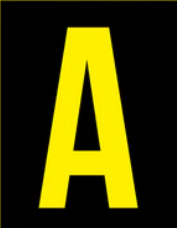
Taxiway location signs are square with a black background and a yellow letter and identify the taxiway that an aircraft is on.
Runway location
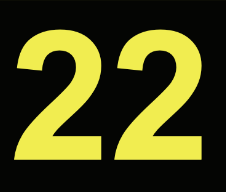
Runway location signs are also square with a black background but have yellow numbers indicating the runway the aircraft is on.
Direction signs
Memory aid: Yellow array – points the way!
Taxiway direction
Taxiway direction signs are the inverse; yellow background with black inscriptions and include an arrow that indicates the direction that you need to take to get to the taxiway indicated by the letter.
Here’s an example that combines both a location sign and some direction signs.
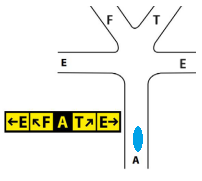
The square black sign with the yellow A in the middle indicates you (the blue mark) are on taxiway Alpha. Black and square – you are there!
Taxiway Echo intersects taxiway Alpha at right angles so it’s indicated by the E with the arrow pointing directly left, and the E with an arrow pointing directly right. Yellow array – points the way!
Taxiway Foxtrot veers off at 45 degrees to your left and taxiway Tango veers off 45 degrees to your right.
Destination guidance
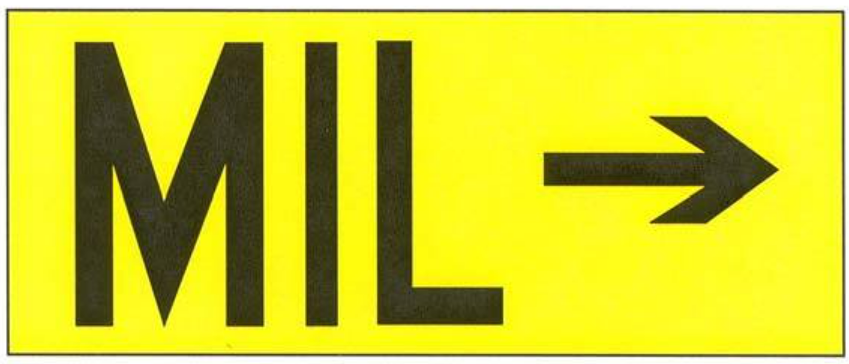
Destination guidance signs are rectangular with a yellow background and black lettering and an arrow pointing to a destination. Some examples include APRON, FUEL, CIVIL, or CARGO, and they can be abbreviated. For example, TERM for terminal, INTL for international areas, HGR for hangar, or MIL for military.
Destination guidance signs can also guide you along taxiways to other runways. For example, turning right here at this sign will take you in the direction of runway 27 and runway 33. Think of the dot as an ‘and’.
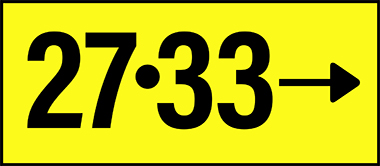
Red and white signs
Mandatory instruction signs have a red background with white letters, numbers or symbols, and identify a critical area. For example, an entrance to a runway, a holding point, or a prohibited area.
At a controlled aerodrome you must stop and obtain clearance to proceed past the point of a mandatory instruction sign. Memory aid: Red and white – runway in sight!
Outside tower hours (and at uncontrolled aerodromes), you must not pass a red and white sign until you are certain that you are allowed to, and it is safe to do so.
Holding position signs mean just that: HOLD here.
Holding position

Holding position signs located beside yellow taxi-holding point markings signify the entrance to a runway. In this example, you are on taxiway Tango, the threshold of runway 18 is to your left and the threshold of runway 36 is to your right.
Holding position signs also indicate the entrance of another runway. Again, the numbers will correspond left and right to the upcoming runway’s threshold positions.

Runway approach area holding position

Runway approach area holding position signs are found near the threshold of a runway and its approach path.
ILS critical area holding position signs

ILS critical area holding position signs are located at a holding point designed to protect the instrument landing system (ILS) signal from interference.
No entry signs
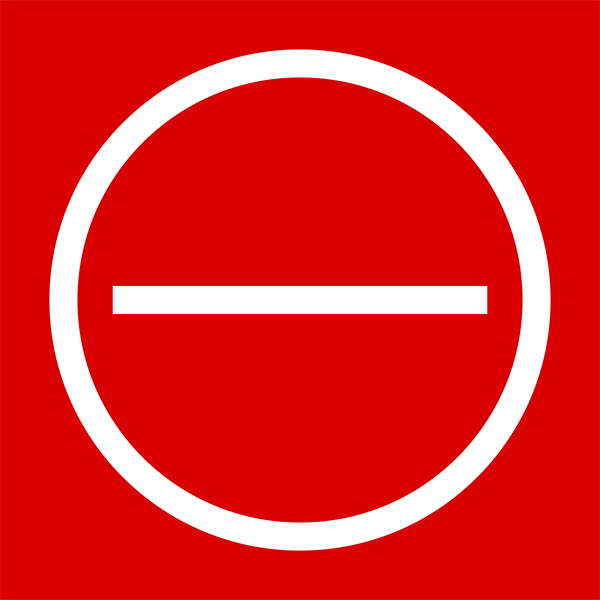
No entry signs are self-explanatory, signifying a prohibited area or that a taxiway is one way. In any case, you won’t get clearance to pass this point and, in an uncontrolled environment, well you simply wouldn’t, right?
These are just some of the basic MAGS you might find at an airport. Others include runway distance remaining signs (black and white), runway boundary signs, taxiway ending signs and intersection take-off signs. The busier the airport, the more signs you will find and the more complex they will be.
You can find more comprehensive information about MAGS in:

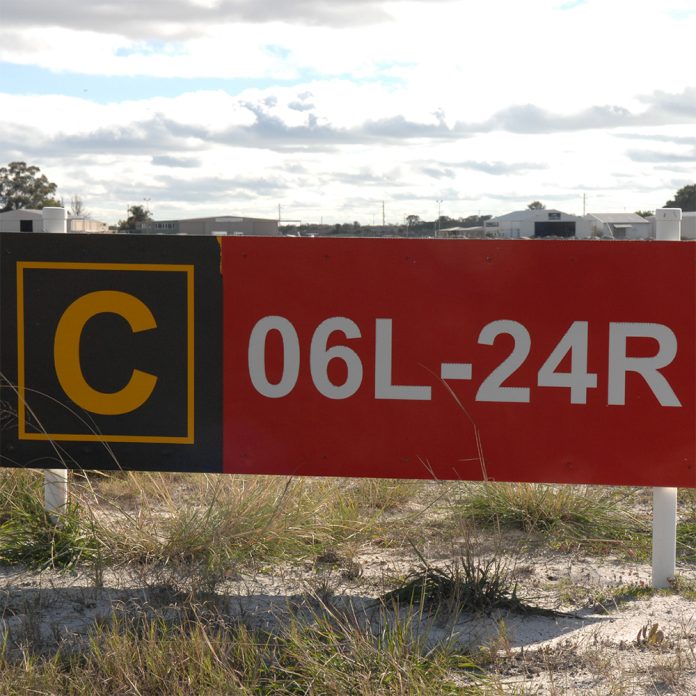


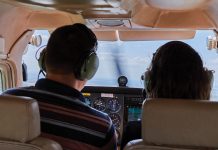

Of course, these are compliant with international standards, but a caution for those pilots lucky enough to fly overseas . . . “international standards” doesn’t necessarily mean it is standardised . . . painted taxi lines and runway centreline markings can be faded, and very hard to see at night or in poor visibility, and movement area guidance signs may not be where you would expect to see them, like you would at SYD, JFK or LHR. Go slow, everyone keep their eyes outside the cockpit, and when in doubt, ask for “progressive taxi instructions”, from Ground Control. It may prevent a runway incursion or worse, a catastrophe like the 31 October 2000 crash at CKS Taipei, Taiwan, when a Boeing 747-400 collided with barriers and construction equipment on a closed parallel runway that was partially used for a temporary taxiway. I saw the mess, the next morning.